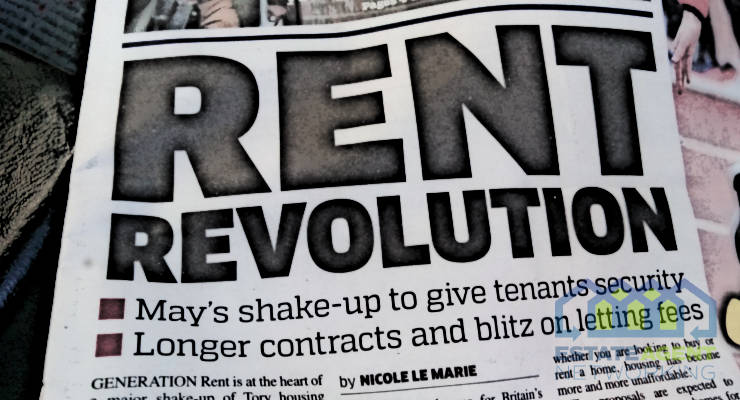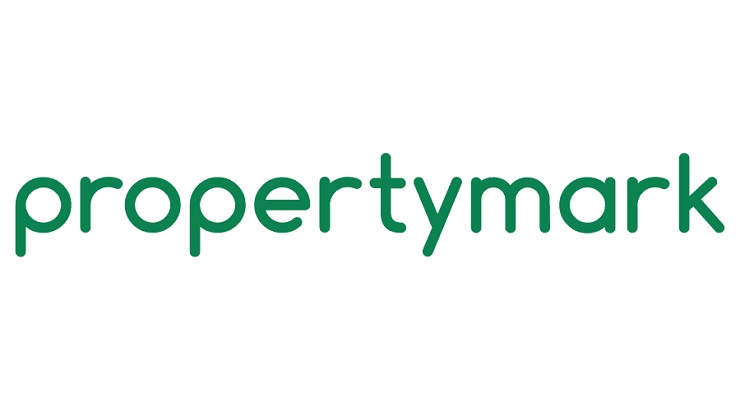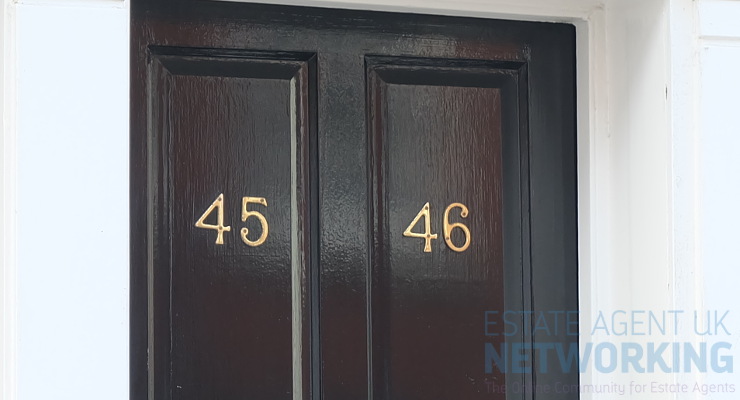The UK’s hotspots where employment is pushing up rental prices
Research by lettings management platform Howsy has looked at how employment rates impact rental growth and where is home to the best mix of above-average employment and healthy rental increases for landlords.
The latest data on employment levels from the Annual Survey of Hours and Earnings across the UK shows that there has been strong growth in the number of us in work, with 75.2% of the population now employed, up 5.32% in the last year. During this time rents have also climbed, up 11.9% and Howsy found that on average, a 1% increase in the rate of employment brings a 1.08% increase in rental growth.
The best location for this mix of a secure rental income and good rental growth is York. Currently, the city is home to an employment rate of 78.4%, higher than the UK average, while in the last five years rents have increased by 38%.
South Gloucestershire is home to an even higher employment level with 80.7% of the population in work, with rents up 37% in the last five years.
Bristol ranks third with rents climbing 29% during the same time frame and 77.6% of the population currently in employment. Midlothian and East Lothian are the best investment option north of the border with rents up 27% and 79.4% and 78.4% of the population in work.
Edinburgh ranks sixth, followed by Bath and Waltham Forest is the first London borough in the top 20 with 78.7% of the population in work, with rents again up 27% in five years.
Central Bedfordshire and Cardiff complete the top 10, with the likes of Havering, Lewisham, Salford, Falkirk , and Southend making the top 20 to name but a few.
Founder and CEO of Howsy, Calum Brannan, commented:
“A buy to let investment is a big decision and landlords should base this on far more than the rental yields available. While the highest return will always be top of the list, it should be balanced by other factors as issues with an area, or a tenant can cause a long-term problem that may cost you more money than the property makes.
Employment levels can provide a great indicator of the quality of an investment as they usually mean greater ease for finding a reliable tenant and that an area is benefiting from a wider economic uplift.
This works both ways as tenants will often be drawn to an area for work and while not every area home to a high employment rate will translate to a higher rental return, an influx of tenant demand will generally see the profitability of your buy-to-let increase.”
| Ranking – by average rental growth for areas with above-average employment | ||
| Location | Employment Rate (%) Mar 2019 | Ave Monthly Rent – growth (2014-2019) |
| York | 78.4 | 38% |
| South Gloucestershire | 80.7 | 37% |
| Bristol, City of | 77.6 | 29% |
| Midlothian | 79.4 | 27% |
| East Lothian | 78.4 | 27% |
| City of Edinburgh | 77.7 | 27% |
| Bath | 81.2 | 27% |
| Waltham Forest | 78.7 | 27% |
| Central Bedfordshire | 83.7 | 25% |
| Cardiff | 75.6 | 25% |
| Bedford | 77.7 | 24% |
| Havering | 76.1 | 24% |
| Lewisham | 76.9 | 24% |
| Salford | 76.4 | 23% |
| Falkirk | 75.4 | 22% |
| West Berkshire | 81.2 | 21% |
| City of London | 76.8 | 21% |
| Southend-on-Sea | 79.9 | 20% |
| Bexley | 76.8 | 20% |
| Thurrock | 76.4 | 19% |
| United Kingdom | 75.2 | 11.9% |
| Sources | |
| Employment statistics | Nomis |
| Private rental data | Eng |
| Scot | |
| Wal | |
| NI | |









